Is your brand is shouting into a void of nothingness? You have dedicated resources to produce the perfect message, only to have it become another drop in the torrential downpour of digital content. The frustration is real. In a world saturated with noise, forging a genuine, lasting connection with your audience can feel less like marketing and more like a desperate search for a kindred spirit in a crowded room. What if you could create a brand advocate who not only cuts through that noise but does so with a personality so engaging it feels like talking to an old friend?
Imagine a storyteller for your brand who is available 24/7, remembers every customer’s past interaction, and shares your narrative with unwavering passion and consistency. This isn’t a future fantasy; it’s the reality made possible by an AI persona. This groundbreaking tool is revolutionizing how brands create consistent, engaging, and truly memorable stories. Forget simplistic chatbots that offer robotic replies. We are talking about developing a fully-fledged digital personality that embodies your brand’s essence.
This article is your comprehensive blueprint. We will move beyond theory and provide a definitive framework for understanding, developing, and strategically implementing an AI persona to transform your brand’s storytelling, captivate your audience, and build the authentic connection you’ve been striving for.
Deconstructing the AI Persona: What It Is and Why It Matters

To truly grasp the power of an AI persona, we must first understand what it is not. It is not merely a chatbot—a digital vending machine that dispenses pre-programmed answers to common questions. Think of a chatbot as a helpful but impersonal kiosk. An AI persona, in contrast, is the passionate and knowledgeable shop owner who greets you by name, remembers your preferences, and shares the story behind every product.
At its core, an AI persona is a fully-realized digital character, powered by artificial intelligence, that represents your brand. It possesses a distinct personality, a consistent tone of voice, a backstory, and a defined set of values that mirror your own. This is where brand storytelling transcends from being a monologue—a story you tell at your audience—to becoming a dialogue—a story you build with your audience.
Psychologically, humans are hardwired to connect with characters. From ancient myths to modern blockbusters, it’s the characters who draw us in and make a story memorable. When you ask, “How do you create a compelling brand story?”, the answer lies in creating a protagonist your audience can connect with. An AI persona becomes that protagonist for your brand’s narrative. This AI advantage brings three transformative benefits:
- Unyielding Consistency: Your AI persona will communicate with the same voice and personality across your website, social media, and customer service channels, ensuring brand consistency at every touchpoint.
- Scalable Personalization: It can engage in thousands of one-on-one conversations simultaneously, offering a level of personalized marketing that was previously unimaginable.
- Enhanced Engagement: By providing instant, valuable, and character-driven interactions, it dramatically increases customer engagement and fosters a sense of community.
Advanced conversational AI platforms, such as Google’s LaMDA and Character.ai, demonstrate the incredible potential for creating nuanced and believable digital personalities, paving the way for brands to build their own.
A Step-by-Step Guide to Architecting Your AI Persona

Creating a compelling AI persona is an act of strategic imagination, blending your brand’s soul with data-driven architecture. This is not a task to be rushed; it is the very heart of your future brand story. Here is your blueprint.
Foundation First: Your Brand’s Core Identity
Before you can give your AI a personality, you must intimately understand your own. The key elements of a brand’s story—your mission (why you exist), your vision (the future you want to create), and your values (the principles that guide you)—are the bedrock upon which your persona is built. An AI persona that isn’t rooted in this truth will feel hollow, inconsistent, and in the end, untrustworthy.
To build this foundation, you have to define the three pillars stated above.
- The Mission: Your “Why”
- Your mission statement is your reason for being. It is the answer to the most fundamental question: “Why do we exist?” It articulates the problem you solve for your customers and the purpose you serve in their lives. This “why” is one of the core motivations for your AI persona. It is the driving force behind every interaction.
- Example: If a financial institution’s mission is “to empower individuals to achieve financial independence, “its AI persona’s primary motivation is not to just answer questions about account balances. It should go beyond this and be an empowering financial guide, proactively offering tips, celebrating savings goals, and explaining complex topics in an accessible way. As such, its every action is filtered through the lens of empowerment.
- Your mission statement is your reason for being. It is the answer to the most fundamental question: “Why do we exist?” It articulates the problem you solve for your customers and the purpose you serve in their lives. This “why” is one of the core motivations for your AI persona. It is the driving force behind every interaction.
- The Vision: Your “Where”
- Your vision is your north star. It is the aspirational long-term change you want to create in the world or your industry. Ask, if you were wildly successful, what would the future look like? This vision fills your AI persona with a sense of ambition and a forward-looking perspective. It allows the persona to speak not just about what your brand is, but what it aspires to be.
- Example: If a sustainable fashion brand’s vision is “a world without textile waste,” its AI persona can be a passionate advocate for this future. It can share data on sustainability, celebrate customers’ eco-friendly choices, and frame purchases not just as transactions, but as contributions to a larger movement.
- Your vision is your north star. It is the aspirational long-term change you want to create in the world or your industry. Ask, if you were wildly successful, what would the future look like? This vision fills your AI persona with a sense of ambition and a forward-looking perspective. It allows the persona to speak not just about what your brand is, but what it aspires to be.
- The Core Values: Your “How”
- Your values are the non-negotiable principles that guide the actions, decisions, and communication of your brand. As a result, these are the most direct inputs for shaping your AI persona’s personality and behavior. Remember, values are not just words on a website; they are demonstrable actions. The following are some examples of how different values can create different personas.
- Integrity & Transparency: A persona guided by these values would be direct, honest, and cite its sources or reasoning. It would be quick to admit when it does not know something and would never over-promise. Its language would be clear and unambiguous.
- Innovation: This persona is excited about the future, speaks in forward-thinking terms, and is eager to introduce users to new features and ideas related to the brand. This persona would be curious and be an early adopter.
- Playfulness & Fun: This persona uses witty language, emojis, and jokes. Interactions with it would be enjoyable and light-hearted, turning mundane tasks into delightful experiences.
- Your values are the non-negotiable principles that guide the actions, decisions, and communication of your brand. As a result, these are the most direct inputs for shaping your AI persona’s personality and behavior. Remember, values are not just words on a website; they are demonstrable actions. The following are some examples of how different values can create different personas.
The Persona Architecture: The Five Pillars
- Demographics and Backstory: Who is your persona? Give it an age, a place of origin, and a history. Did it “graduate” from a particular data stream? Was it “born” from a specific company initiative? This narrative backstory makes the persona more relatable and interesting.
- Voice and Tone: How does your persona communicate? Is it witty and informal? Professional and authoritative? Empathetic and nurturing? Define its vocabulary, sentence structure, and even its use of emojis. For example, a tech brand’s persona might use precise, confident language, while a wellness brand’s might use a softer, more encouraging tone.
- Knowledge Domain: Define what your persona knows. It should be an expert on your products, services, and industry. Equally important is to define what it doesn’t know and create a graceful way for it to say, “I’m not sure about that, but I can find someone who can help.”
- Core Values and Personality: Is your persona an Innovator? A Sage? A Jester? Align its personality archetype with your brand’s core values. This ensures its responses and actions are always on-brand.
- Visual Representation: While not strictly necessary, giving your persona an avatar or a visual design can make it far more memorable. This could be anything from an abstract logo to a fully-rendered character.
Underpinning these pillars is the technology. Machine Learning algorithms allow the persona to learn from interactions and improve over time. Natural Language Processing (NLP) helps it understand user queries, while Natural Language Generation (NLG), powered by models like OpenAI’s GPT-4, enables it to craft human-like, contextually relevant responses.
Weaving Your AI Persona into the Fabric of Your Brand Narrative

An AI persona cannot live in a vacuum. Its power is unleashed when it is seamlessly integrated across every channel where your brand exists.
- On Your Website & E-commerce Platform: Instead of a generic “Can I help you?” pop-up, your AI persona can greet visitors with personality. It can act as a personal shopper (“Based on your interest in hiking boots, you might love this new waterproof jacket we just got in!”) or a helpful guide, turning your website into a dynamic experience. This is the heart of conversational commerce.
- In Your Content Marketing: “How can I make my brand storytelling more engaging?” Let your AI persona be part of the creation process. It could “author” blog posts on topics within its knowledge domain, conduct interviews with industry experts, or add insightful commentary to case studies. This adds a unique and memorable layer to your content.
- Across Your Social Media: Your persona is the perfect engine for driving social media engagement. It can run interactive Q&A sessions on X (formerly Twitter), share “behind-the-scenes” content on Instagram, or engage in industry discussions on LinkedIn. Its consistent brand personality will make your social channels more dynamic and interactive.
- As the Face of Customer Service: The AI persona can be the first point of contact for support queries. It can handle a vast number of initial questions, freeing up human agents to tackle more complex issues. By providing instant, intelligent, and on-brand help, it transforms AI in customer service from a cost-saving measure into a loyalty-building tool.
AI Personas in Action: Real-World Case Studies
Theory is valuable, but application is everything. Let’s examine how brands are successfully using AI personas.
- The Industry Leader: Sephora’s Virtual Artist: While primarily a visual tool, the underlying concept allows users to “try on” makeup virtually. An evolution of this could be a full AI persona—a virtual beauty consultant who knows your skin type, purchase history, and offers personalized advice, embodying the role of a trusted expert.
- The Niche Innovator: Duolingo’s Cast of Characters: The language-learning app Duolingo uses a cast of characters, each with a distinct personality and voice, to make the learning process more engaging. Users form attachments to these characters, which motivates them to continue their lessons. This demonstrates how even non-conversational personas can deepen user connection.
- The Untapped Potential: Many companies have a functional customer support chatbot that answers FAQs. The missed opportunity is not evolving this tool. By investing in a personality, a voice, and a deeper integration into the brand story, they could transform a functional utility into a powerful brand asset.
The Horizon of Brand Storytelling: What’s Next?
The development of AI personas is rapidly accelerating, and the future promises even more profound connections between brands and consumers.
We are moving toward an era of hyper-personalization, where an AI persona will be able to subtly adapt its conversational style to match an individual user’s sentiment and preferences in real-time, creating a unique experience for every single person. This evolution will spark the rise of new professions, such as AI Persona Developers and Narrative Architects, who specialize in crafting and maintaining these digital personalities.
However, this power comes with responsibility. The “ethics of using AI in marketing” must be a primary consideration. Transparency is crucial; users should always know they are interacting with an AI. Furthermore, the persona’s programming and values must be carefully managed to prevent bias and ensure it always acts as a positive and ethical representative of the brand.
Conclusion: Authoring Your Brand’s Next Great Chapter
In the vast, cacophonous digital landscape, the brands that will thrive are those that tell the most compelling stories. The challenge of cutting through the noise and forging authentic connections is immense, but the solution is here. The AI persona is more than just a technological innovation; it is a new canvas for brand storytelling.
By moving beyond the mindset of automated responses and embracing the strategic creation of a digital character, you can build a narrative that is consistent, scalable, and deeply engaging. We have provided the blueprint; from understanding its core value to architecting its personality and weaving it into the fabric of your brand. Now is the time to take these insights and begin authoring your brand’s next, most engaging chapter.







